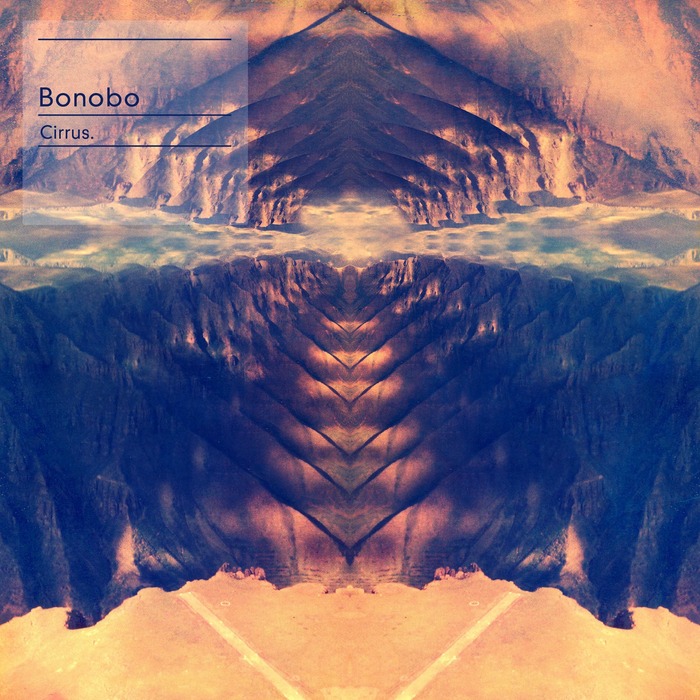Max Bell does not run from a good caveat.
Up front, I don’t listen to “electronic” music or “dubstep” or “EDM” or whatever. At least not regularly. When it comes to anything that may or may not be labeled “electronic” music, I fall more in line with the downtempo, Ninja Tune-esque set. Blockhead (Interludes After Midnight is fantastic and probably his best work yet), (early) DJ Shadow, Nightmares on Wax, DJ Krush, (early) Portishead, and, of course, Bonobo (Simon Green).
If you aren’t up on Bonobo, I’d wager you might’ve heard him without knowing. I’ve heard his music sneaking into playlists and unsuspecting listeners ears at major retailers, hip and dimply lit New York and Los Angeles hotels, hip and dimly lit Sushi spots, hip and dimly lit upscale restaurants, and more dimly lit places wherein “hip” is an apt descriptor of the venue.
Bonobo has been releasing increasingly better music since 2000. Though there’s plenty of hip-hop influences in his music, though none of his work should be compared to any beat tape from your favorite hip-hop producer. And though there can be heavy “electronic” and/or house elements to his tracks, his music shouldn’t be grouped among the strange, bass-pounding drone created by easily forgettable producers that emantes from the apartment of the guy two doors down from your place regardless of the hour. Green’s music is much more expansive, much denser, and more introspective. His ability to pull his influences from every corner of different continents and throw them together in a way that’s wholly palatable for the uninitiated is something to be both admired and emulated.
At its best, Bonobo’s music is archetypal headphone music: his tracks build one layer at a time until you’re so deeply entranced, caught by the rhythm of the countless instruments in his compositions — anything from the mandolin and harmonium to the vibraphone and music box — that you forget where the beat started. You can either let it wash over you as you spark up (your choice) and zen out, or do your best to isolate each and every instrument and what their coming together means for you.
The other aspect of Bonobo’s music that sets it apart from your traditional beat maker and/or electronic artist, is the instrumentation, most of which is handled by Green himself . On 2010’s Black Sands, his most cohesive and satisfying effort thus far, he plays each and every one of the instruments mentioned above. The occasional vocals from solid singers like Andreya Triana and Bajka also help add levels of warmth and other touchy feely shit music writers use words like “nuance” to describe.
After three years of wearing out his catalogue and his remixes, the devoted Bonobo followers finally have another Bonobo record or, at the very least, a single. A few days ago the infamous British-DJ Giles Peterson dropped “Cirrus”, Bonobo’s latest single (available via Juno Records) on his BBC 6 Radio show. It’s a near six-minute house-influenced affair with hypnotic drums, loads of layers (much like those on the artwork for the single), and perfectly placed bells. It does what a majority of the best Bonobo music does, creating a mood and headspace wherein you can choose to relax or react.
Listen/Watch:


